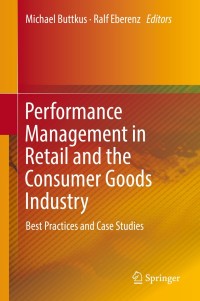question:
6-7,
6-9,
6-18,
6-19
c. Total fixed costs? d. Total variable costs? 6-3 Define the following terms: (a) cost behaviour and (b) relevant range. 6-4 What is meant by an activity base when dealing with variable costs? Give several examples of activity bases. 6-5 Distinguish among (a) a variable cost, (b) a mixed cost, and (c) a step-variable cost. Chart the three costs on a graph, with activity plotted horizontally and cost plotted vertically. 6-6 Managers often assume a strictly linear relationship between cost and activity volume. How can this practice be defended in light of the fact that many cost relationships are curvilinear? 6-7 Distinguish between discretionary fixed costs and committed fixed costs. 6-8 Classify the following fixed costs as normally being either committed or discretionary: a. Depreciation on buildings. b. Advertising c. Research. d. Long-term equipment leases. e. Pension payments to the firm's retirees. f. Management development and training. 6-9 Does the concept of the relevant range apply to fixed costs? Explain your answer. 6-10 What is the major disadvantage of the high-low method? 6-11 What methods are available for separating a mixed cost into its fixed and variable elements using past records of cost and activity data? Which method is considered to be most accurate? Why? 6-12 What is a regression line? Give the general formula for a regression line. Which term represents the variable cost? The fixed cost? 6-13 Once a regression line has been drawn, how do you determine the fixed cost element? The variable cost element? 6-14 What is least squares regression? Page 255 6-15 Why is the least-squares regression method preferred to the high-low method when analyzing mixed costs! 6-16 What is the difference between the scattergraph method and the least-squares regression method? 6-17 "The higher the R of a regression equation, the better the likelihood that X is an appropriate cost driver for Y." Is this true or false? Explain your answer. 6-18 What is the contribution margin? 6-19 What is the difference between the contribution margin approach to the income statement and the traditional approach to the income statement







